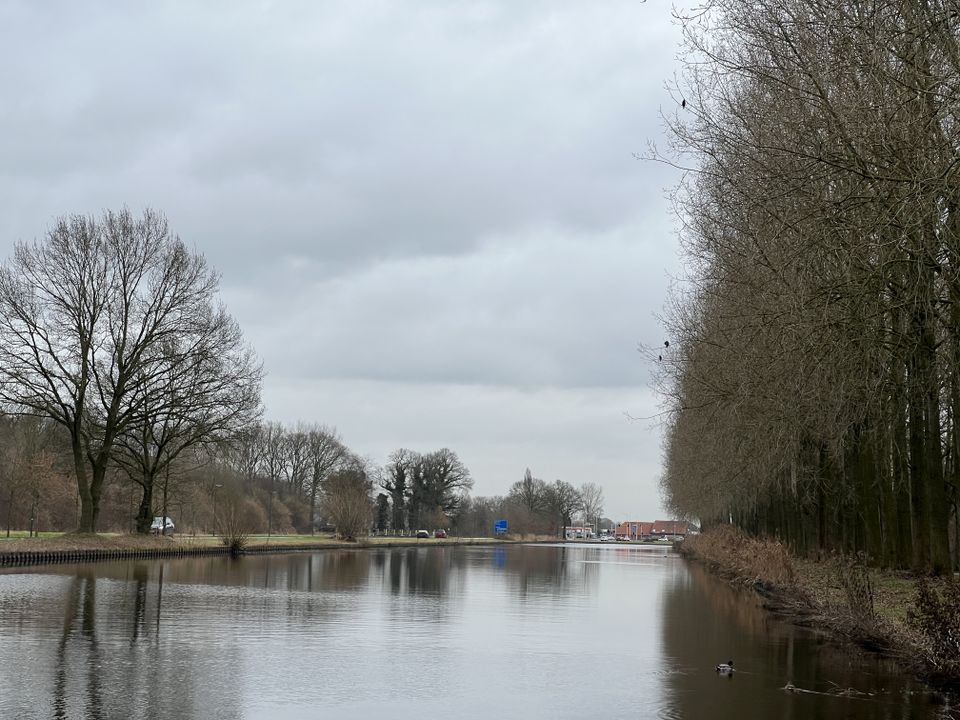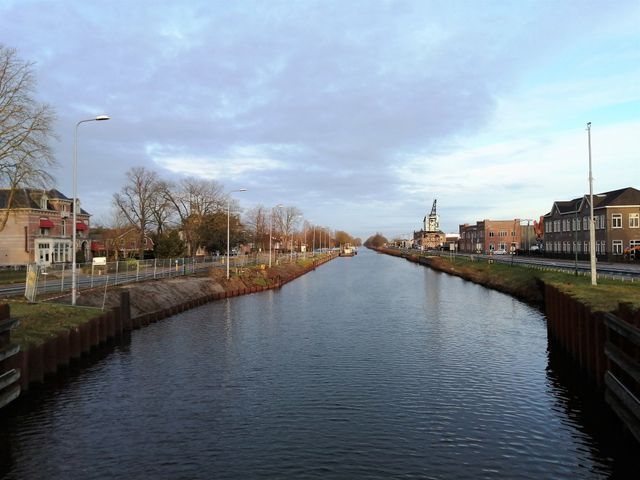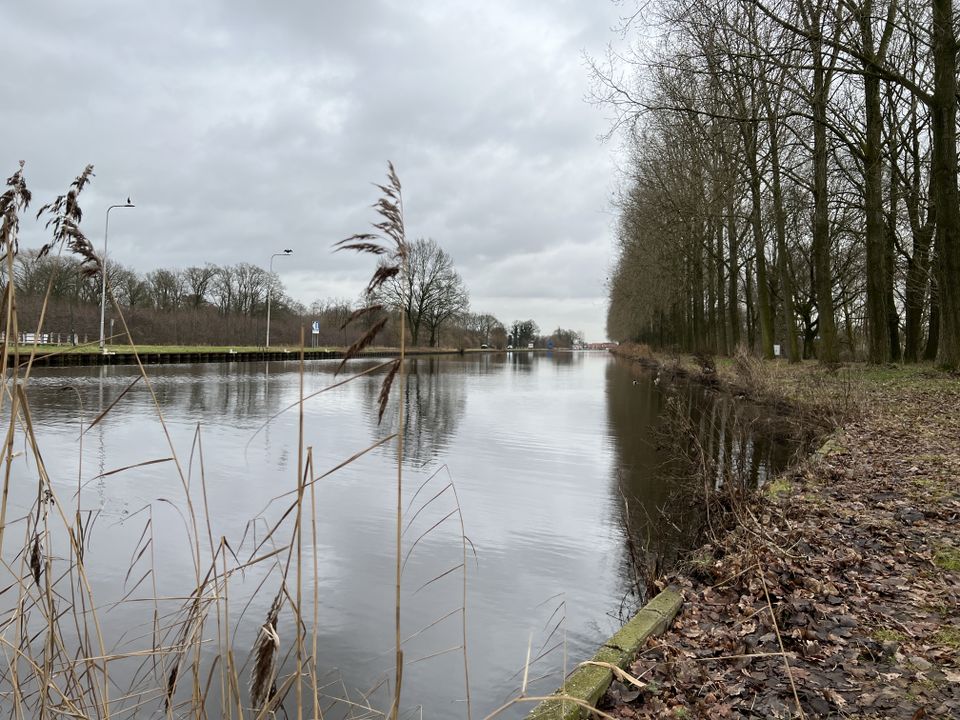
Zuid-Willemsvaart
The Zuid-Willemsvaart is named after King William of the United Kingdom of the Netherlands, one of the pioneers of the project. An expansion of the most important transport routes, in those days the waterways, had to promote the opening up of the South and the trade in the North. The 'Willemsvaart', for example, was to form a shorter and above all more reliable alternative to the Meuse, until then the most important connection between the industry around Liège and the major trading centres. Opening up the in-between areas hardly played a role; almost everywhere the canal went past the then existing buildings.
At the end of 1822, the first works sta…
The Zuid-Willemsvaart is named after King William of the United Kingdom of the Netherlands, one of the pioneers of the project. An expansion of the most important transport routes, in those days the waterways, had to promote the opening up of the South and the trade in the North. The 'Willemsvaart', for example, was to form a shorter and above all more reliable alternative to the Meuse, until then the most important connection between the industry around Liège and the major trading centres. Opening up the in-between areas hardly played a role; almost everywhere the canal went past the then existing buildings.
At the end of 1822, the first works started. The lowest section was opened on 31 May 1825, the higher sections on 24 August 1826. The compensation for the expropriations, among other things, would take several more years. The new canal was intensively used for trade goods, but also by passenger boats, which would only disappear after 1870 as a result of competition from the railways and trams.
The original Zuid-Willemsvaart covered 123 km, but later relocations shortened this by ±1 km. The total difference in height is 39.25 m. The technology used at the time allowed for locks with a 2 m drop; this resulted in nineteen locks, plus two locks at the start (#20 between the Meuse and the Bassin) and end (#0 between the city canals of 's-Hertogenbosch and the Dieze). Three locks in the Helmond area have been replaced by one since 1993.
The original canal was dug by hand, by several hundred canal workers who often came from outside the region. Yet, compared to today's infrastructure works, the costs remained low: 4.45 million guilders, which was worth as much then as 45 million euro today. This is because the standard width and depth of waterways in those days were much smaller than today.
Locks 4, 5 and 6 were in need of modernisation. Work began in 2008 with the decontamination of the polluted western bank at lock 6 in Beek en Donk. Then, the new locks were built, after which the old locks were demolished. After completion, the locks were closed for three months, but since 3 May 2010, they have been open to shipping. The locks are operated from a central point in Schijndel.



